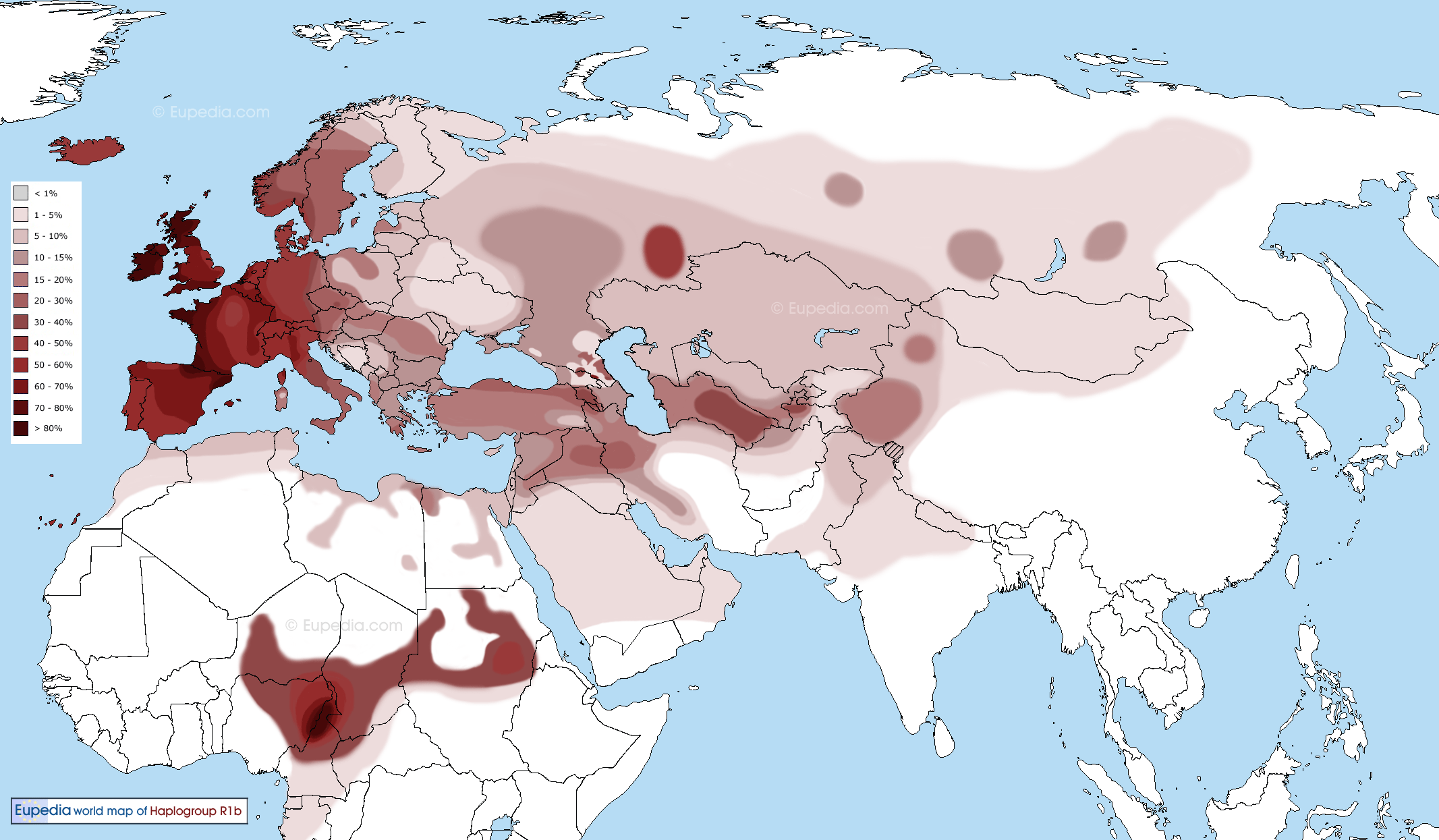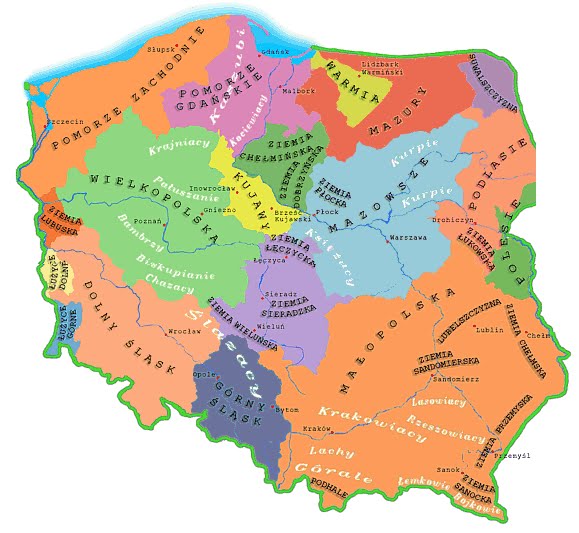Tomenable
Regular Member
- Messages
- 5,419
- Reaction score
- 1,337
- Points
- 113
- Location
- Poland
- Ethnic group
- Polish
- Y-DNA haplogroup
- R1b-L617
- mtDNA haplogroup
- W6a

For more details, check this 2013 paper (15 page long PDF document):
http://www.amsik.pl/archiwum/3_2013/3_13d.pdf
Table I. (page 2) - Information about the Y-SNPs, the nucleotide polymorphism and amplicon size.
Table II. (pages 3 - 10) - 17 Y-STR haplotypes for the Greater Poland population, haplogroups and frequency.
Table III. (page 11) - Allele frequencies at 17 Y-STRs in the Greater Poland population.
Table IV. (page 12) - Haplotypes and frequencies obtained by using 8 Y-SNPs in the Greater Poland population.
Table V. (page 13) - Frequencies of the alleles and haplotype diversity/discrimination indices by using of 8 Y-SNPs in the Greater Poland population.
Table VI. (page 13) - The repeated Y-STR haplotypes (Ht); the haplotypes obtained by using the markers Y-SNPs and their frequencies in the population of the Greater Poland region.
Table VII. (page 14) - AMOVA pairwise distances based on Ost values between the East and South Croatian, Lithuania, Ukraine, Russian and Polish populations.
============================
And here is the summary of results (from pages 10 and continuation on page 14):
R1a1-SRY 1532.2 (n = 119; 59%)
K-M9 (n = 38; 19%)
R1b1-M467 (n = 30; 15%)
IJ-P123, P125 (n = 8; 4%, n = 6; 3%)
But the study is from 2013 so these names for markers are probably outdated).
============================
Can you tell me what is this K-M9 haplogroup, which is present among as many as 19% of Greater Poles ???
The remaining haplogroups also recquire "translation" to modern terms and a breakdown for subclades...







